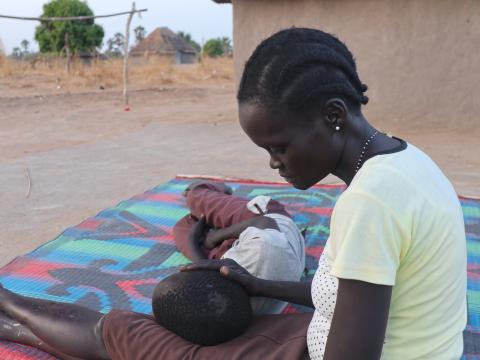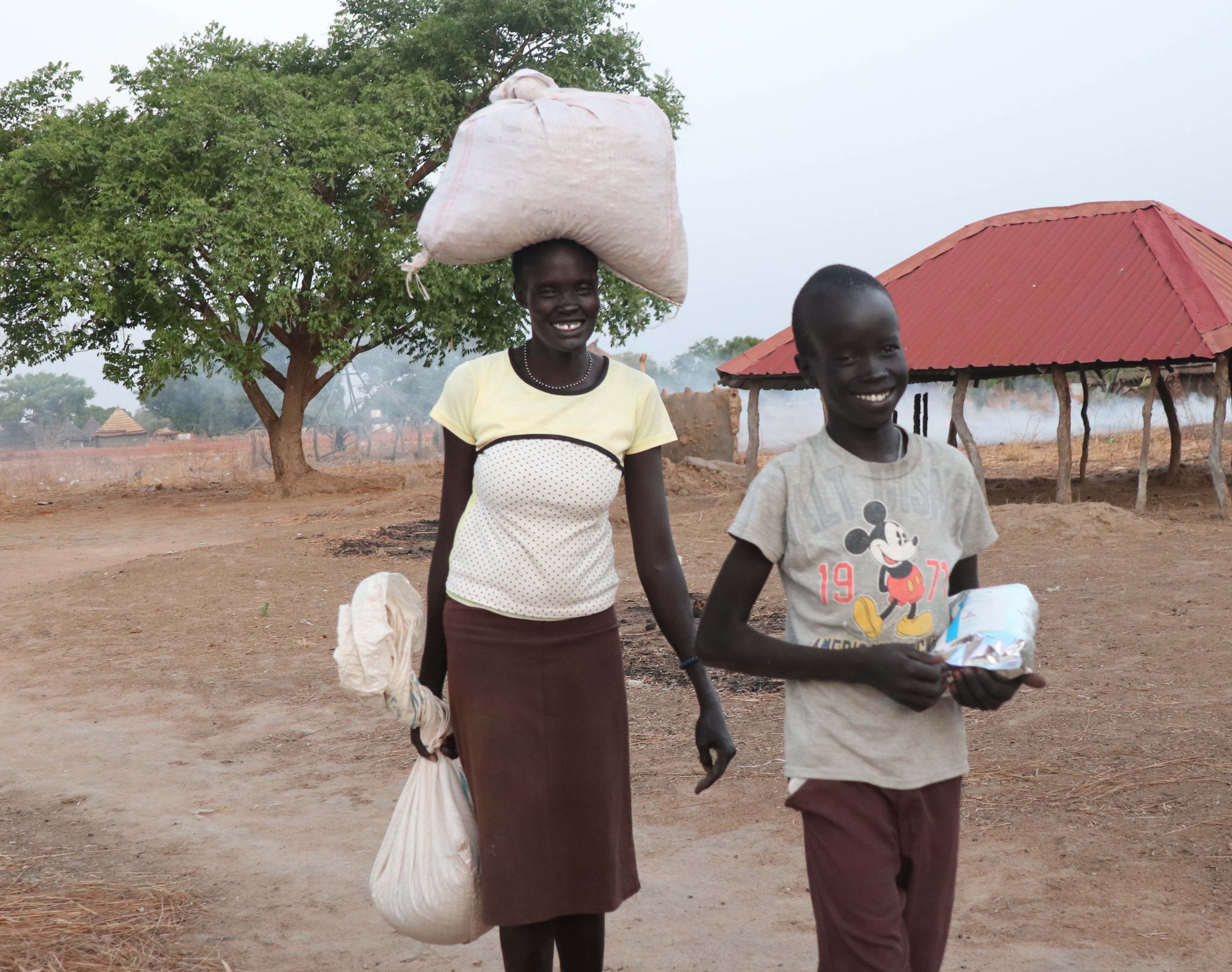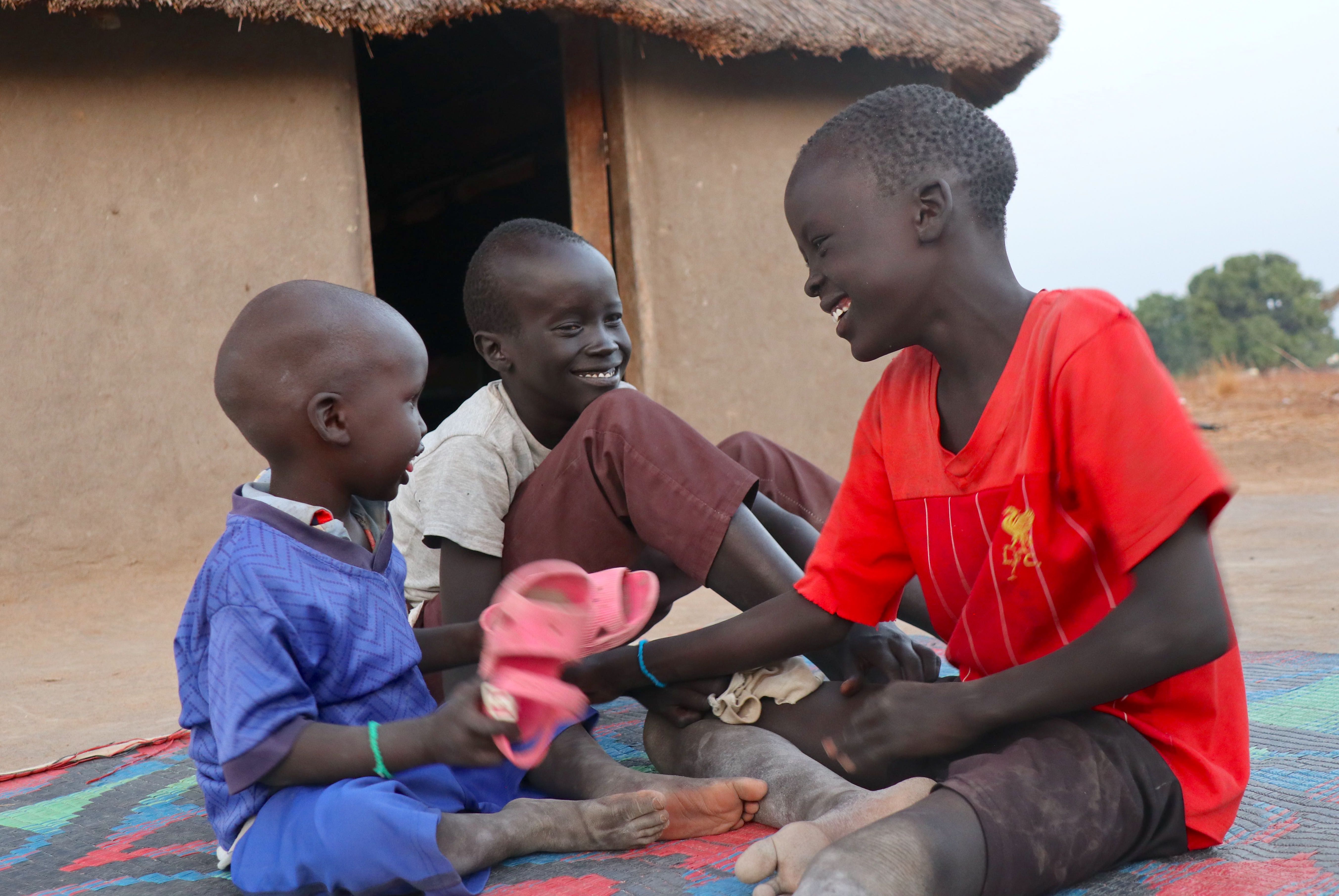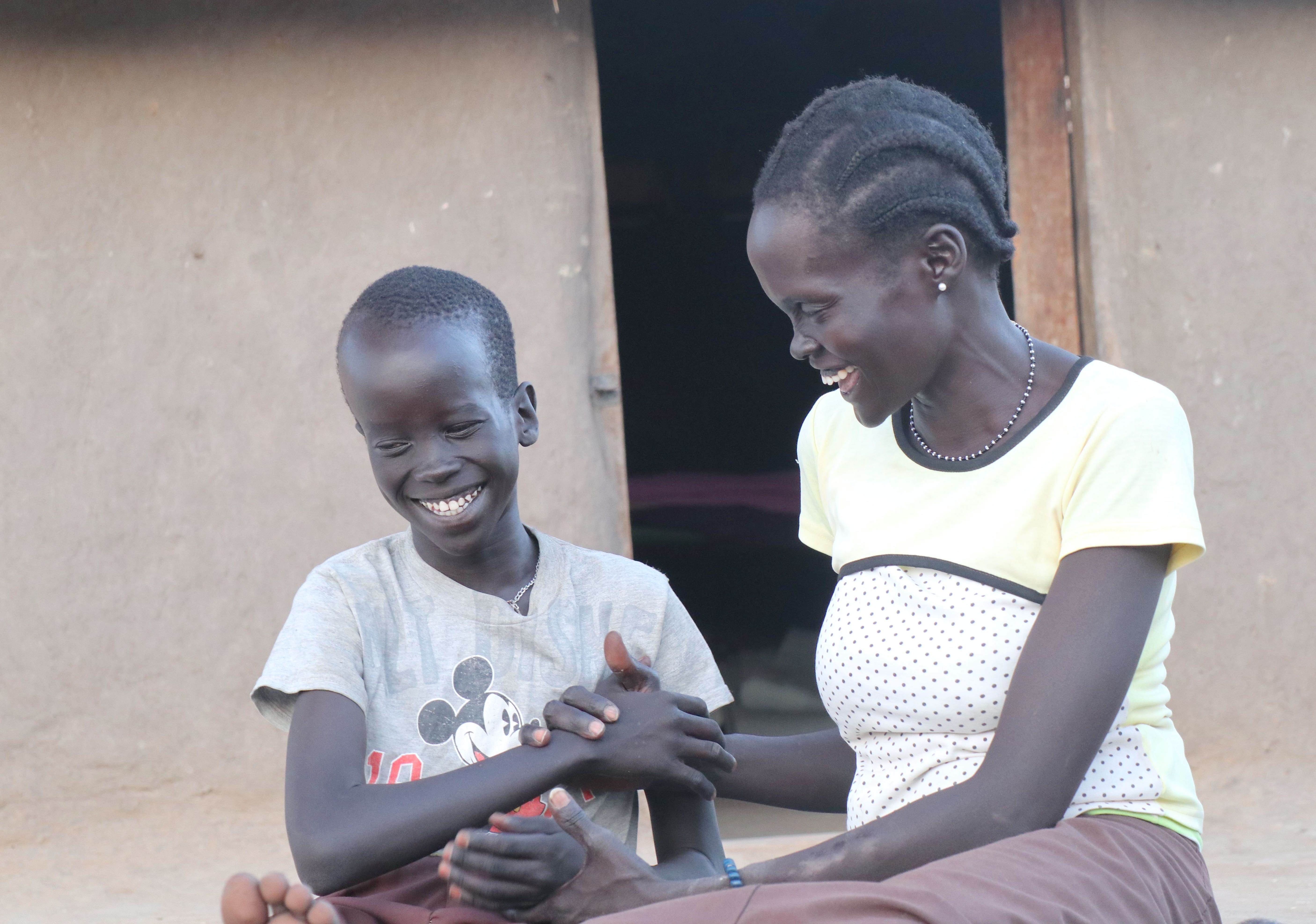South Sudan mothers’ hunger crisis heartbreak: “It is tough looking at our children’s hungry faces”

“Due to the clashes in Tonj North County, we were not able to access our farms, worsening our already bad situation. We survived on Lalok leaves and fruits”, Ayak Akon, a 36-year-old mother of five.
Tonj North is among the hard hit counties of South Sudan’s Warrap State. According to the Integrated Food Security Phase Classification (IPC) assessment report from February and March 2022, an estimated 62 percent of the state’s population are suffering from “above acute food insecurity”.
This is fueled by sub-national and localized conflicts that include cattle raiding that disrupted agricultural activities and reduced crop production, loss of assets, and restricted access to markets. “It is tough for mothers to look at our children’s hungry faces. It makes me wish this is not about my own children”, sadly adds Ayak.

Tonj North has an estimated 262,302-population with nine payams (administrative divisions). Most people like Ayak left their villages and moved to the town as conflict broke out.
Twelve years ago, Ayak’s former husband pushed her when she was seven months pregnant with Wol. “My family asked me to divorce my husband. He threatened to kill me and in one confrontation, pushed me in anger”, she shares.
In 2020, Ayak opened a teashop in the market, but her son’s condition made it hard for her to focus. In 2021, she resorted to working on thatch-roofing people’s houses and sent Wol, and his younger brother to study at nearby primary school.
“I was able to open my teashop business again earning SSP1000 (USD2) per day, though it was not enough for a family of six”, she adds.
It is tough for mothers to look at our children’s hungry faces. It makes me wish this is not about my own children.
World Vision, with support from the World Food Programme (WFP), has been implementing general food distribution to 10,867 vulnerable households in the county to help provide nutritious food for the children.
In 2021, Ayak’s family was among the recipients of the program. They receive 45 kgs of cereals, 4.5 kgs of pulses, 2.7 kgs of vegetable oil, and 0.45 kgs of salt every month.
“The food came in handy as my family needed the support. Last year, I received food for seven months. My income from the tea business provided for our other needs”, she happily shares. Garang Aleu, Food Assistance Commodity Officer, says, “Conflict and natural disasters such as floods drive food shortages and worsen the hunger crisis.”

Through the supplementary feeding program, World Vision has reached 65,202 people, including 4,564 children under-two years old, and 5,216 pregnant and lactating women.
Hailu Badhane, Zonal Program Manager, says, “World Vision implements various food assistance modalities such as General Food Distribution, Food for Asset, Food for Education, and Nutrition. These are still insufficient in light of the wider need and scope of the emergency.”
Badhane emphasized the need for the humanitarian community and other stakeholders to do more. “To bring about long-term change, humanitarian measures must be linked with resilience and peace-building initiatives”, he concludes.

Story and photos by Scovia Faida Charles Duku, Communications Coordinator